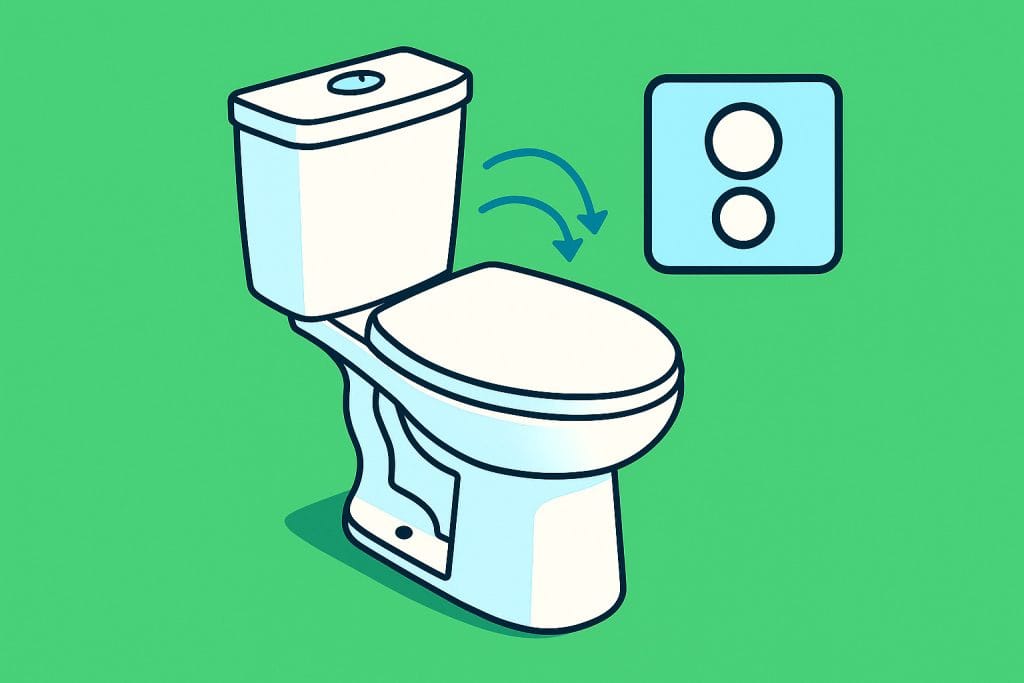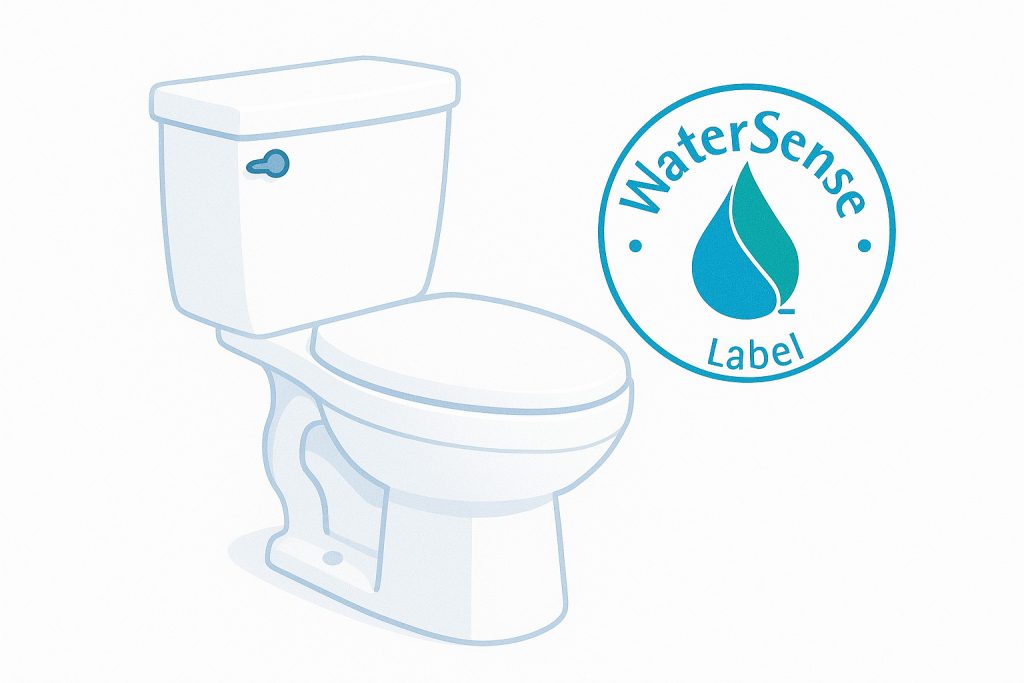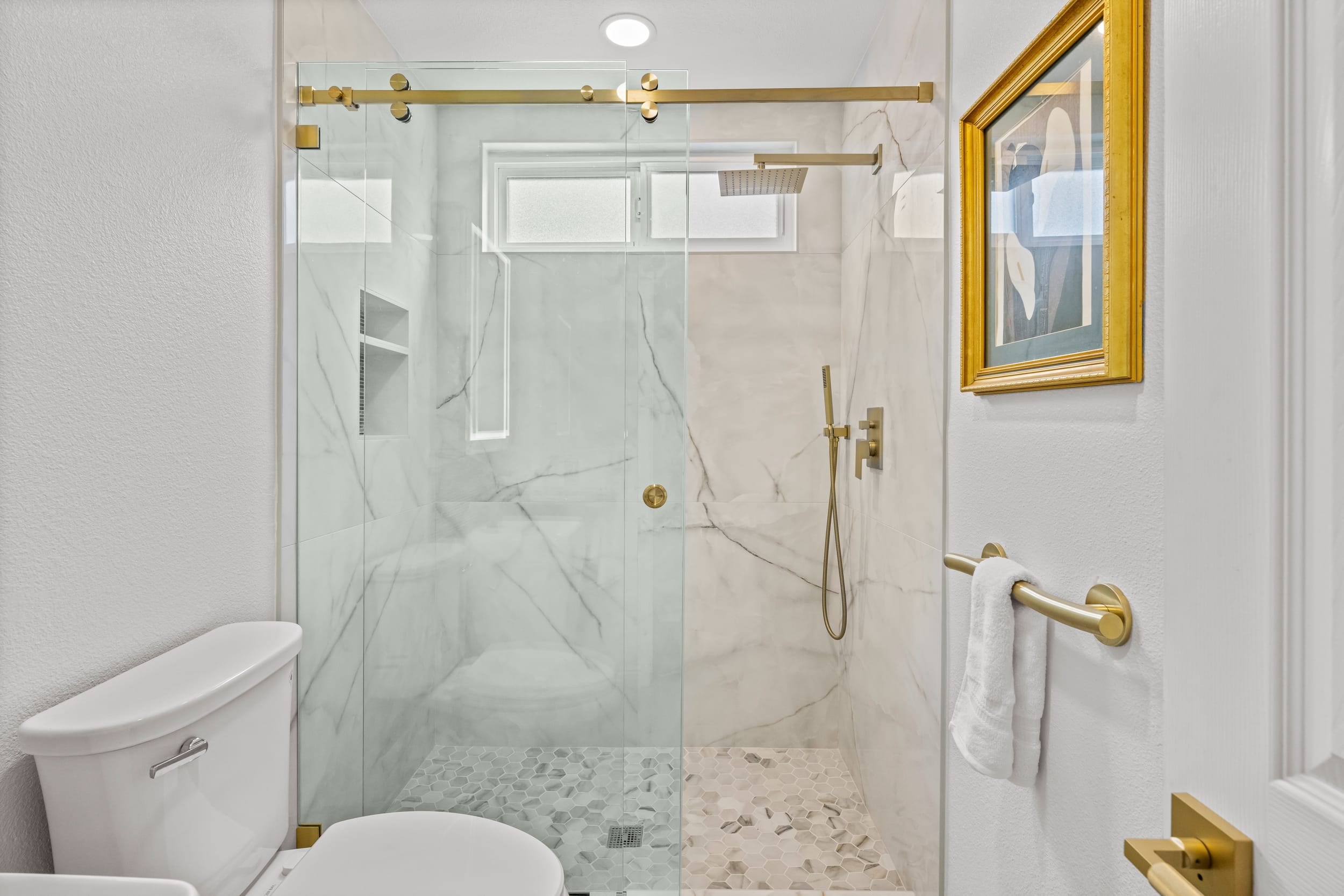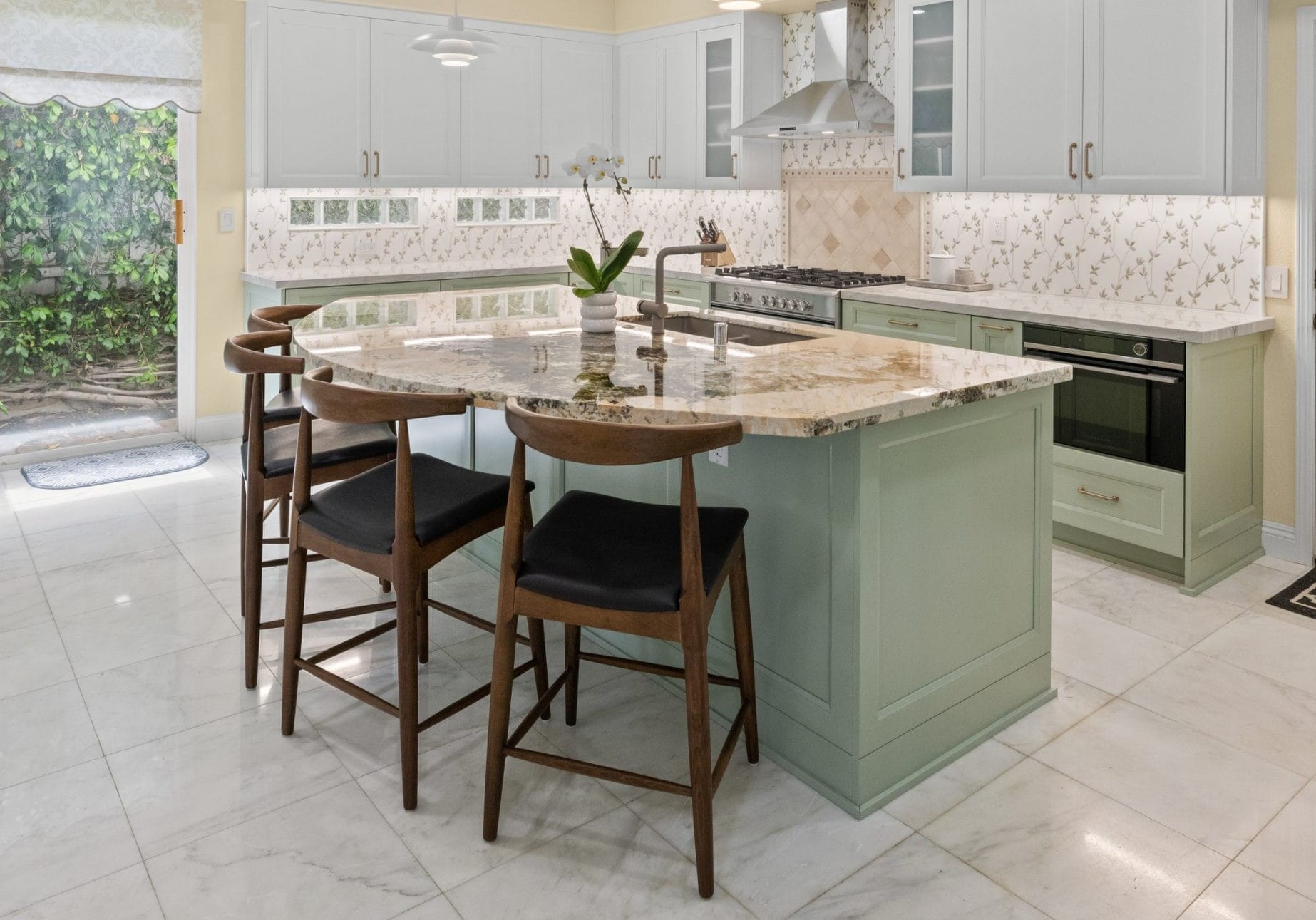Many people don’t think much about toilets—until they stop working. But there’s more to them than just flushing.
In today’s world, where saving water is becoming more important every day, low-flow toilets are making a big difference. They are simple, smart, and can help the planet and your wallet.
What Are Low-Flow Toilets?
Low-flow toilets are designed to use less water every time you flush. While older bathroom toilets can use up to 6 gallons of water per flush, low-flow models usually use 1.28 gallons or less. That’s more than a 50% reduction in water use!
Some people worry that less water means they don’t flush as well. But modern low-flow toilets use better designs to keep everything clean with less water. Thanks to new technology, they work just as well—sometimes even better—than the older ones.

Why Low-Flow Toilets Matter:
1. Save Water:
Water is a precious resource. Many areas are already facing droughts and water shortages. By using less water with each flush, low-flow toilets help protect our water supply. Imagine how much water we could save if every household made the switch!
Let’s say you flush the toilet five times a day. A regular toilet uses 3.5 gallons per flush, which is 17.5 gallons every day. But a low-flow toilet uses only 1.28 gallons, which is just 6.4 gallons. Over a year, that adds up to thousands of gallons saved.
2. Lower Water Bills:
Using less water also means you pay less for water. This is one of the best parts about low-flow toilets. They may cost a little more, but they save money over time. Many families find their investment pays off in just a few years.
3. Better for the Environment:
Water treatment takes energy. So, when you use less water, you also help reduce energy use. That means fewer emissions and less stress on the environment. Every little bit helps when it comes to protecting our planet.
4. Modern Design and Features:
Many low-flow toilets have stylish designs and extra features. Some have dual-flush options—one button for liquid waste and another for solid waste. This gives you more control and even more water savings.
Others use pressure-assist or gravity-assist systems to make each flush more powerful without using more water. You don’t need to worry about flushing twice or leaving behind waste.

Are There Any Downsides?
Older low-flow toilets (from the 1990s) sometimes had flushing problems. But today’s models have improved a lot. They are more reliable and effective. If you choose a good brand and model, you won’t notice any difference—except for the lower water bill.
Installation is also easy. A plumber can usually replace your old toilet in a few hours, and some homeowners even do it themselves with basic tools.
Choosing the Right Low-Flow Toilet:
When shopping for a low-flow toilet, look for the WaterSense label. This signifies that the toilet meets EPA standards for water saving and performance. You can also read online reviews or ask your plumber for suggestions.
Make sure the height, shape, and style match your needs. Some prefer round bowls, while others prefer elongated ones for extra comfort.

Final Thoughts:
Low-flow toilets are a wise choice in 2025. They save water, save money, and help the environment. In a world where every drop counts, switching to a low-flow toilet is one small step that makes a significant impact. Whether building a new home or updating your bathroom, choosing a low-flow toilet is the right move.
So next time you flush, think about how much water is going down the drain—and how much you could save by making the switch.
Contact MBK for bathroom renovations.



